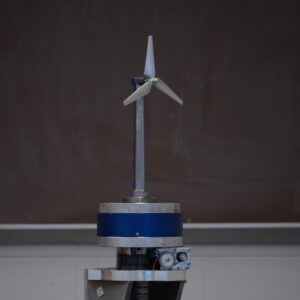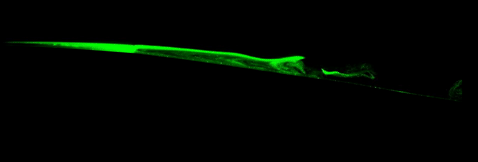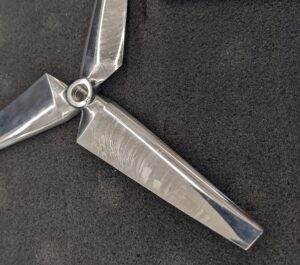Research
Wind Turbine Aerodynamics and Interactions
Space and cost constraints force wind turbines to operate close to one another, leading to wake interactions that apply unsteady loads and decrease power outputs. Through wind tunnel testing and the study of model-scale turbines,


Airfoil Boundary Layer Transition and Separation
Achieving good airfoil performance at low Reynolds number presents significant challenges, as boundary layers tend to remain laminar and thus are highly susceptible to flow separation – leading to reduced lift, increased drag and sudden stall. Laminar separation bubbles (LSBs) play a critical role in this regime. An LSB forms when flow separates from the airfoil surface, transitions to turbulence and reattaches downstream, partially recovering performance. However, this leaves the flow in an unstable configuration, as even slight changes in the environment or operating conditions can lead to the LSB ‘bursting’ and the sudden onset of stall.

Flow Control
Wind turbine blade designs must balance aerodynamic efficiency, structural integrity, and cost. To meet structural demands near the hub, relatively thick airfoil sections are typical in the root region, where relative flow velocities are low. This makes the root region prone to flow separation that reduces overall power output.
